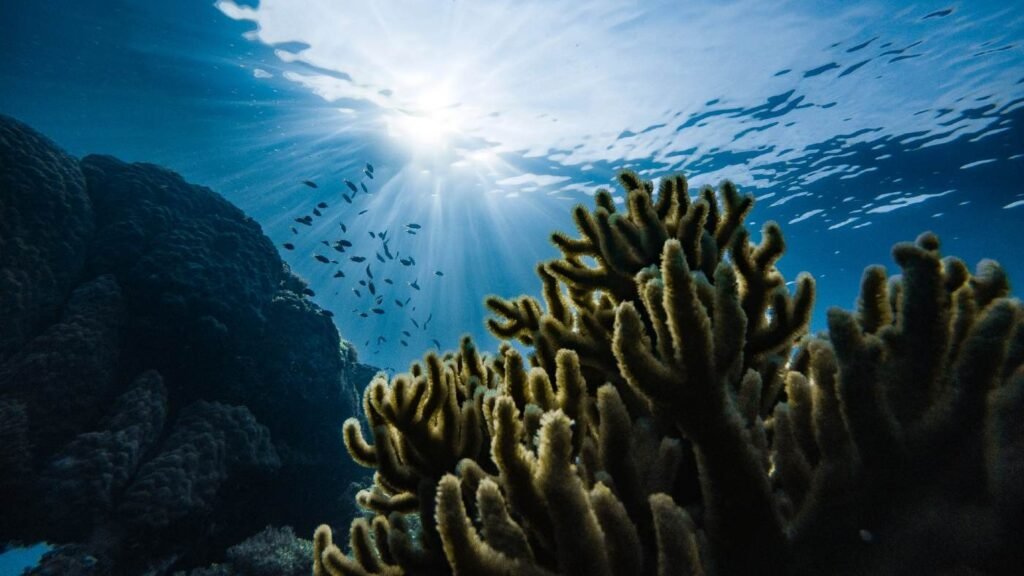A new research discovered that two typical reef-builders can withstand 2ºC of global warming. According to the research, two of the world’s most common reef-building coral species are remarkably resilient to climate change—at least as long as global warming stays below 2ºC, the Paris Agreement’s objective.

The earth has already warmed by 1.1°C (1.98°F), and coral reefs have experienced major extinctions. The Great Barrier Reef, the world’s biggest reef system, is presently in “crisis,” according to a new UN assessment. The Intergovernmental Panel on Climate Change (IPCC) cautioned that global warming of more than 1.5°C will cause irreparable harm to some coral reef ecosystems.

However, the researchers of this new study found that when they subjected Hawaiian corals, namely rice coral, finger coral, and lobe coral, to a simulated 2ºC world for nearly two years. The researchers placed the corals in 70-liter tanks—but not in a lab, as other experiments on coral resilience had done, but outside on Coconut Island, where they would be exposed to the same weather as a reef just offshore.

They found that two common coral species were especially resilient: Two-thirds of those corals survived the simulated future. Within limits, it seems, some corals can acclimate to a warmer world. It’s also the longest such coral experiment ever to be conducted. However, there is a limit to the rate at which acclimatization can protect corals from bleaching as temperatures continue to increase. Although it is hopeful that some species will survive this century, unless drastic reductions in emissions occur, corals will eventually lose their fight for survival.
Reference- IPCC website, Nature Scientific Reports, UN Report, National Geographic






